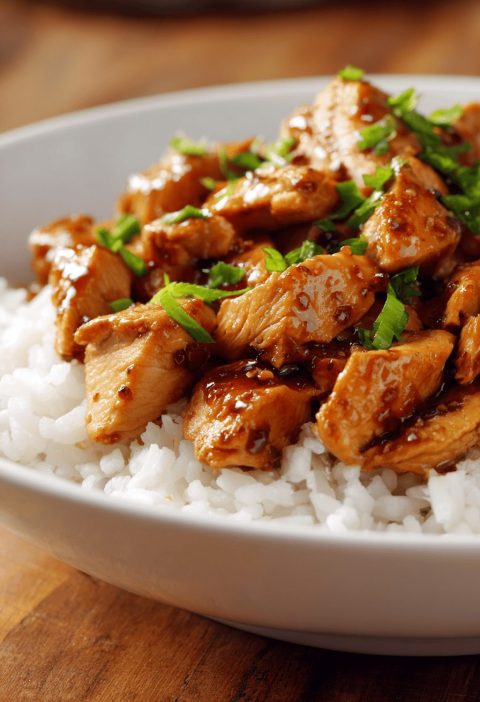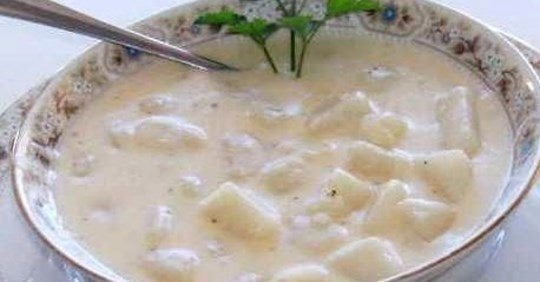Would you like to save this?
For generations, boiling pasta in water has been the go-to method in kitchens across the globe. But what if I told you there’s a more exciting, flavorful, and efficient way to cook pasta? As cooking techniques evolve, so do smarter methods that not only save time and energy but also make your dishes more delicious. Cooking pasta directly in sauces or alternative liquids can bring out deeper flavors and streamline your kitchen routine. If you’re ready to rethink your pasta game, here are eight reasons why you should never boil pasta in plain water again.
1. Boost Flavor by Cooking Pasta in Sauce
When you cook pasta directly in sauce, it absorbs the rich flavors as it simmers, resulting in a more cohesive dish. Instead of boiling the pasta in water and then tossing it with sauce, the pasta becomes infused with the sauce from the start. This method is perfect for dishes like spaghetti Bolognese or marinara, where every bite tastes consistent and deeply flavorful. No more diluted sauces or noodles that feel separate from the dish—everything cooks together, creating a harmony of flavors.
How to do it: Use a wide pan with your sauce base, dilute it slightly with broth or water, and add the uncooked pasta. Stir often to prevent sticking and add more liquid as needed until the pasta is tender.
2. Save Water and Energy
Traditional pasta cooking requires a large pot of boiling water, which wastes both time and resources. Waiting for the water to boil can feel like an eternity, especially if you’re cooking small portions. By skipping the big pot and cooking your pasta directly in sauces or broths, you’ll conserve water and use less energy. This eco-friendly approach also reduces the amount of water you pour down the drain.
How to do it: You only need enough liquid to cover the pasta. As it simmers, the liquid reduces naturally, requiring less energy than boiling a pot of water.
3. Enhance Texture with a Risotto-Like Method
Cooking pasta using a risotto-style technique creates a creamy texture that’s hard to achieve with traditional boiling. By gradually adding liquid and stirring frequently, you help release the pasta’s starches, resulting in a luscious, velvety sauce. You won’t even need to add cream or cheese to achieve that luxurious mouthfeel—it all comes from the pasta itself.
How to do it: Start by lightly sautéing the pasta in olive oil or butter. Then, add broth or liquid in small increments, stirring continuously. As the pasta absorbs the liquid, it will release starches, creating a rich, creamy consistency.
4. Infuse More Nutrients by Cooking in Broth
Rather than boiling pasta in plain water and pouring it down the drain, try cooking it in a nutrient-rich broth. Whether it’s vegetable, chicken, or beef broth, your pasta will absorb the flavors and nutrients directly. This technique is especially useful when you want to make a simple meal that’s both nutritious and flavorful, without relying on heavy sauces.
How to do it: Swap water for your favorite broth and simmer the pasta until tender. The broth will add depth to the dish, and you may not even need to season it further.
5. Reduce Cleanup with Fewer Pots and Pans
Cooking pasta the traditional way means using one pot for the pasta and another pan for the sauce—leading to more dishes to wash. By cooking the pasta directly in the sauce or broth, you only need one pan. This makes your cooking process simpler and cleanup much faster. Plus, fewer dishes means less stress after dinner.
How to do it: Choose a deep skillet or pot that can accommodate both the pasta and sauce. Cook everything together, and when you’re done, you’ll only have one pan to clean.
6. Maximize Creaminess Without Adding Dairy
If you love creamy pasta dishes but want to avoid dairy, this method is for you. Cooking pasta in non-dairy liquids like vegetable broth, coconut milk, or almond milk allows the starch from the pasta to thicken the liquid, creating a naturally creamy sauce. You get all the indulgence of a creamy dish without using butter, cream, or cheese.
How to do it: Add a splash of coconut milk or almond milk to the pan with your pasta. As it simmers, stir frequently to help the starches create a thick, creamy texture.
7. Cut Down on Cooking Time
One surprising advantage of cooking pasta directly in sauce or broth is that it often takes less time than boiling. Since you’re working with a smaller amount of liquid, it heats up faster, and the pasta absorbs the liquid more efficiently. This method also eliminates the step of draining the pasta, saving even more time.
How to do it: Bring your sauce or broth to a gentle simmer, then add the uncooked pasta. Stir frequently to ensure even cooking. You’ll find that the pasta becomes tender in less time than it would take to boil a large pot of water.
8. Customize Your Dish with Creative Liquid Choices
Why stick to plain water when you could be cooking your pasta in something more flavorful? Using liquids like wine, tomato juice, or coconut milk adds complexity to your dish. For example, cooking pasta in wine creates a rich, aromatic base, while coconut milk adds creaminess with a hint of sweetness. Tomato juice brings a bright acidity, making it perfect for Mediterranean-style dishes. These alternatives allow you to experiment with flavors and transform ordinary pasta into something extraordinary.
How to do it: Select a liquid that complements the flavors of your dish. For seafood pasta, cook it in white wine. For an Asian-inspired dish, try simmering the pasta in coconut milk. Add herbs and spices to enhance the flavor even more.
Final Thoughts
Boiling pasta in water has been the standard for centuries, but these alternative methods offer new and exciting possibilities. Cooking pasta directly in sauce or other flavorful liquids not only saves time and water but also enhances the taste and texture of your dish. Whether you’re looking to simplify your cooking routine, create a creamy sauce without dairy, or experiment with creative liquid choices, these techniques will elevate your pasta dishes to new heights.
Next time you reach for that big pot of water, stop and think: is there a better way to cook this pasta? By trying these alternative methods, you’ll not only revolutionize your approach to pasta but also unlock new flavors that plain water simply can’t provide. Happy cooking!







